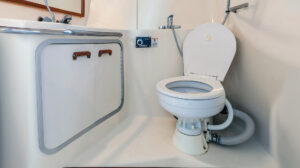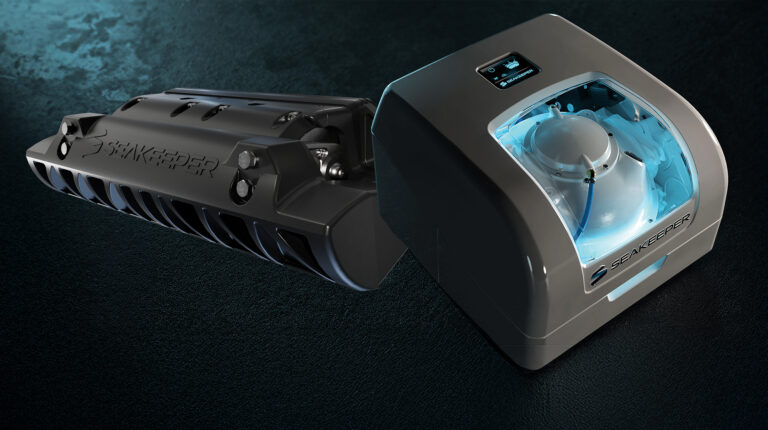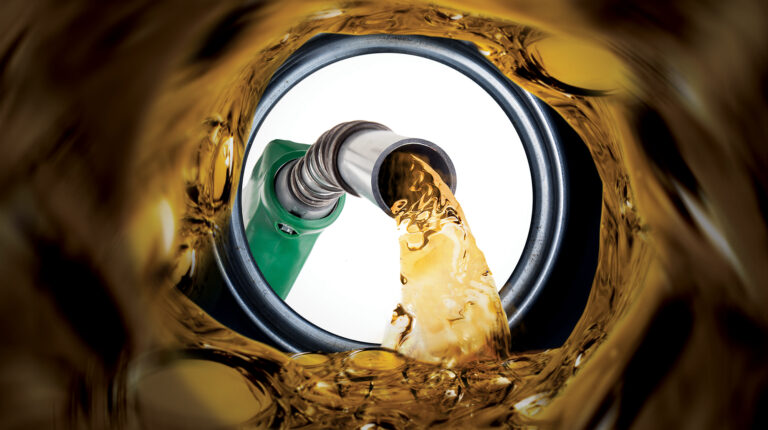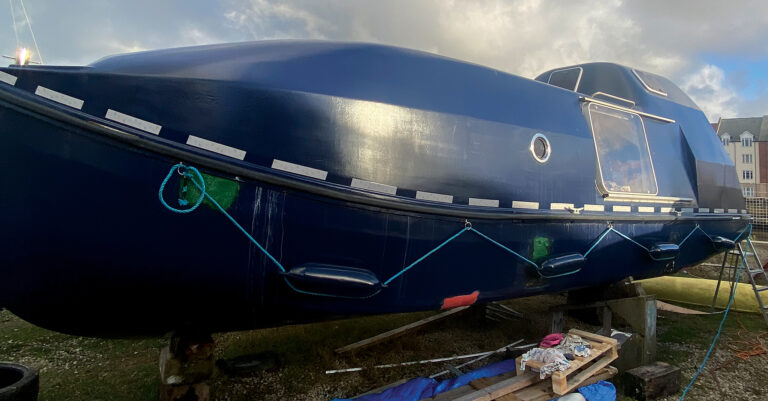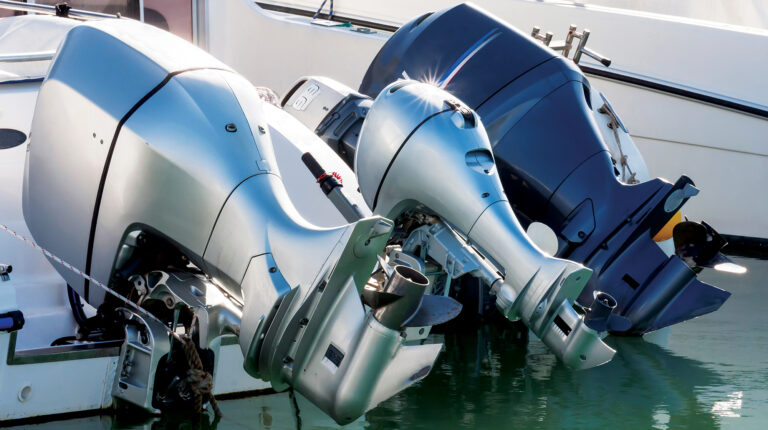No wood is more beautiful than well-maintained teak, whether it’s wearing many coats of expertly brushed varnish or a carefully applied surface of teak oil. Even bare teak looks nice if you clean it every day to keep it snowy white. But no matter how you treat your teak, it demands your attention or its appearance will soon go downhill.
Teak on deck is usually varnished, a process that requires periodic recoating and stripping and a complete revarnishing once in a while. Some skippers varnish their swim platforms, too, using several coats of polyurethane and adding nonskid powder to the final coat to improve footing. (Little suggestion here for the northern set: Remove the platform during the autumnal haul out and refinish it over the winter.)
Most folks oil their teak platforms, however, thinking oil is easier to apply and keep up than varnish. Maybe, or maybe not: An oil finish needs frequent cleaning and recoating; how frequently varies, but certainly more frequently than you’d probably expect. Experts say to re-oil the teak before you think it needs it.

When starting with bare teak, apply many thin coats of oil to penetrate and seal the wood. Add some turpentine to the first coat so it soaks into the wood, and sand lightly before applying the second coat. After that, keep recoating until the wood will absorb no more oil; no need to sand again unless the oil raises the wood grain. (Fanatics sand with 400-grit paper between each coat, not necessary for a swim platform.) You want the finished surface to be smooth. Lay on another coat of oil as soon as the wood starts to lose its shine—more often is better than not often enough.
Although teak is an oily wood, the “teak oil” sold in marine stores doesn’t usually come from the tree; it’s often a mixture of linseed oil, resin, solvents, and driers. It’s actually not much different from spar varnish, having similar ingredients but in different proportions. Professional wood finishers make their own teak oil by mixing linseed or tung oil and turpentine—it’s a lot cheaper than store-bought, but most of us are better off buying oil ready mixed.
How to Make the Most of Your Swim Platform



